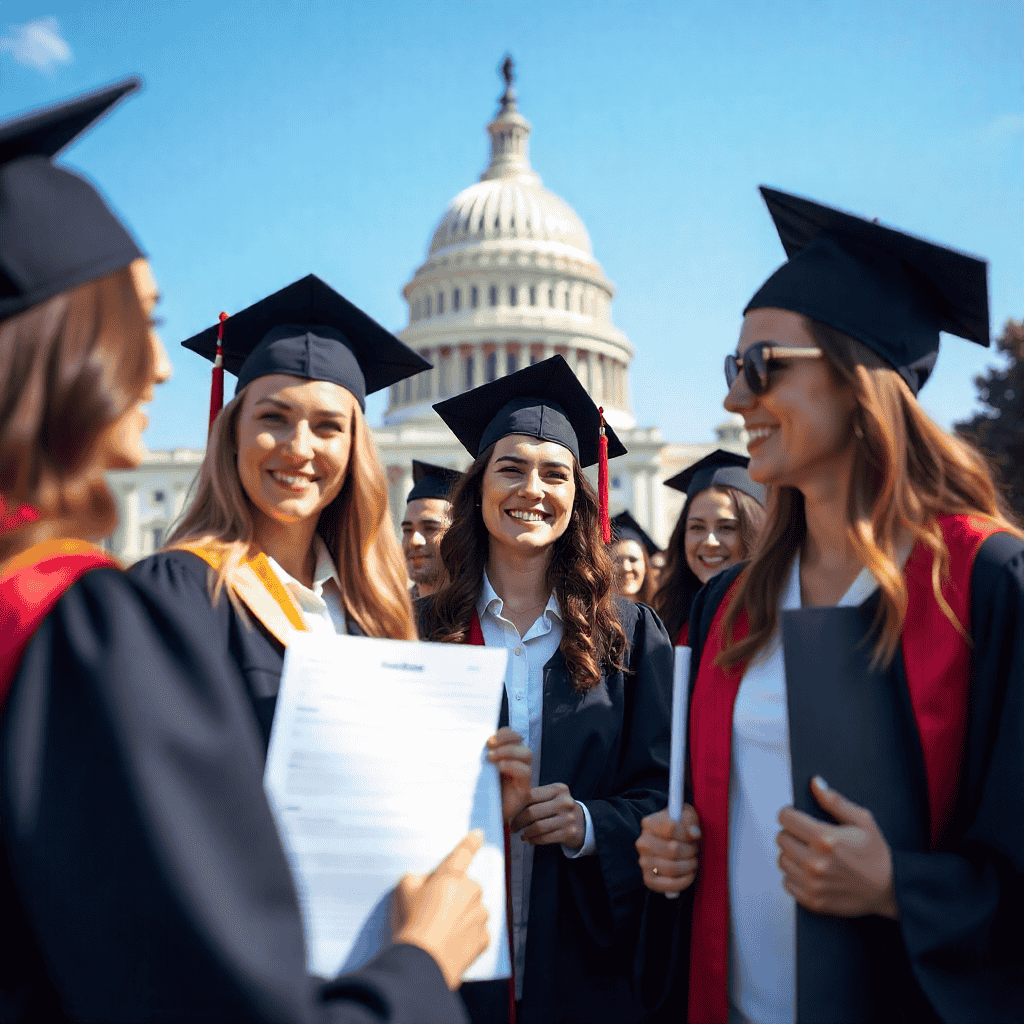
Introduction
One of the most pressing financial issues of the United States today is student debt. Millions of Americans have federal student loans, which may or may not be decades old, as they juggle the costs of housing, medical expenses, and family obligations. To a great majority, relief of debt is not merely money in their pockets, but an opportunity to create a better future.
Studentaid.gov/debtrelief is the portal listed as the official source of student loan forgiveness and is operated by the U.S. Department of Education. In this article, you will find a complete student loan debt relief guide in 2025, the rules to apply, how to qualify, recent changes, myths, and how to prevent scams in 2025.
You could be a recent graduate or a studentaid gov debtrelief borrower nearing retirement: either way, it is important to know how the studentaid gov debtrelief process works.
What Is studentaid gov debtrelief?
Studentaid.gov debtrelief is the official site of the federal government offering student loan forgiveness, repayment and cancellation programs. Unlike third-party services where a fee can be billed to the service, the resource is free and risk-free and is supposed to help match the borrowers with the actual programs.
Formal resource: StudentAid.gov – Debt Relief.
Through this portal, you can:
- Sign up to programs that cancel those loans ( Public Service Loan Forgiveness (PSLF). and Income-Driven Repayment (IDR) forgiveness).
- Monitor your application.
- Receive information on policy developments at the Department of Education.
Why Student Debt Relief Is Important.
- There are 43 million Americans who already have federal student loans.
- The overall American student loan debt is 1.77 trillion.
- The average federal student loan borrower has a debt of $37,000.
- Approximately 1 out of 5 borrowers are having a hard time with payments once the pandemic-era pause was over in 2023.
Debt relief programs are beneficial not only to individuals who are borrowing debt but also to the economy. As the amount of money spent on loan payments decreases, individuals are able to purchase homes, establish businesses, and invest more in the local economies.
Read more about national statistics: Federal Student Aid Portfolio Summary.
Who is Eligible to receive Debt Relief?
General Requirements
It is eligible based on factors that include:
- Loan type – Direct Loans most commonly require forgiveness.
- Employment – PSLF needs government or nonprofit work.
- Income – Income-driven repayment schemes change depending on income.
- Disability – Borrowers who are permanently and totally disabled can be eligible to be discharged.
Source: Federal Student Aid – Eligibility.
Debt Relief Programs.
1. Public Service Loan Forgiveness (PSLF)
Borrowers with a nonprofit or government job might have their balance written off when they’ve made 120 monthly payments.
2. Income-Driven Repayment (IDR) Forgiveness.
SAVE, PAYE and IBR plans reduce monthly payments with income-based plans and write off any remaining balance after 20-25 years.
3. Teacher Loan Forgiveness
Educators in schools with low-income can have up to $17,500 of the loan written off.
4. Borrower Defense to Repayment
You can have your loans canceled in case your school defrauded you.
5. Disability Discharge
Borrowers who are permanently and completely disabled are allowed to write off loans indefinitely.
Application studentaid gov debtrelief
Step 1 – Sign into Your Federal Student Aid Account.
Visit,studentaid.gov, enter with FSA ID.
Step 2 – Check Eligibility of loans.
Types of check loans, payment terms and forbearsance.
Step 3 – Finalise the Application.
Select the program to which you are eligible and complete forms online.
Step 4 – Load Supporting Documents.
PSLF, for instance, is employer certified and TPD is medically certified.
Step 5 – Await Processing
Processes may require weeks or months. Wait and watch your account.
Recent Updates
- SAVE Plan Expansion: SAVE (Saving on a Valuable Education) is now limiting some types of borrower payments to only 5 percent of discretionary income.
- PSLF Fixes: Borrowers with older FFEL and Perkins Loans are able to consolidate to Direct Loans and be eligible anyway.
- Automatic Forgiveness: Tens of thousands of borrowers have been automatically forgiven by data sharing with IRS and Social Security Administration.
Student debt relief myths.
Myth 1 – Federal Loans Are All Automatically Forgiven.
Fact: You have to use it and qualify.
Myth 2 – So-called private loans are eligible to be forgiven.
Reality: Federal student loans only are.
Myth 3 Forgiveness Is Tax Free.
Fact: Federal forgiveness will be tax free till 2025 but state governments can claim it to be a source of taxable income.
The impact of Forgiveness on Credit Scores.
The very fact that it is forgiven is not detrimental to your credit. It could, however, be reduced by missed payments prior to approval. It is important to be up to date in the application process.
Options in Case You Do Not Qualify.
- Refinancing by way of the privates.
- Repayment programs funded by the employer.
- Programs of forgiveness that are state-specific.
Avoiding Student Loan Scams
The fraudulent companies tend to offer guaranteed forgiveness at a fee. Remember:
- Application fees are not paid to the government.
- Always use studentaid.gov.
- Do not provide third parties with your FSA ID.
- FTC – Avoid Student Loan Scams
Case Studies:
Real Borrowers Who Received Relief.
Maria, a teacher in Texas: She had 5 years working in a low-income school, and she was eligible to have her debt forgiven to the tune of $17,500.
David, a nonprofit worker in California: PSLF canceled 10 years of his loans (totaling 62,000).
Angela, a disabled borrower: Managed to pay off her loan of 45,000 dollars after getting TPD.
Studentaid Gov Debtrelief Frequently Asked Questions.
Is the debt relief still on in 2025?
Yes, the PSLF, IDR, and SAVE programs are not gone.
Do I need to pay to apply?
No. On studentaid.gov, all the applications are free.
Are parents who have PLUS loans eligible?
Yes, by Income-Contingent Repayment (ICR).
How much time does forgiveness take?
Between weeks and months depending on the program.
READ ALSO: FSA Student Loan Forgiveness: Complete Guide to Erasing Your Debt
The future of Debt Relief in the U.S.
Debt write-offs remain controversial in Congress and the courts. But there are more permanent structures, such as PSLF or IDR, which always remain part of the federal aid system. Borrowers need to be informed of official announcements.
Conclusion
Student aid gov debtrelief program is the sure and valid method of reducing/eliminating student loan debt in USA. To know whether you are eligible to receive PSLF, IDR forgiveness, or teacher-specific plans, the official site studentaid.gov/debtrelief has all you need to complete the application safely.
Action now might be the one thing that gets you decades of debt with a clean financial sheet.
READ MORE: Student Grants USA: State-Wise Guide to Education Funding














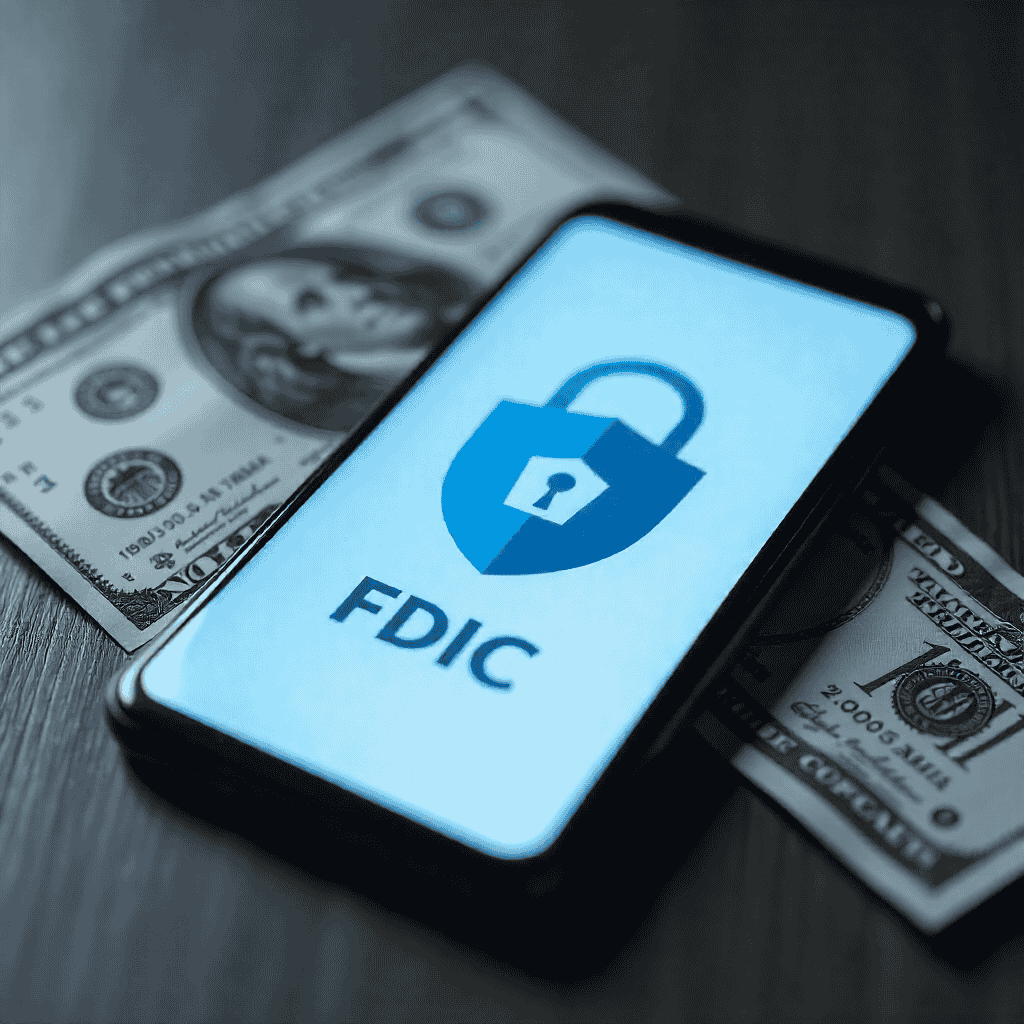


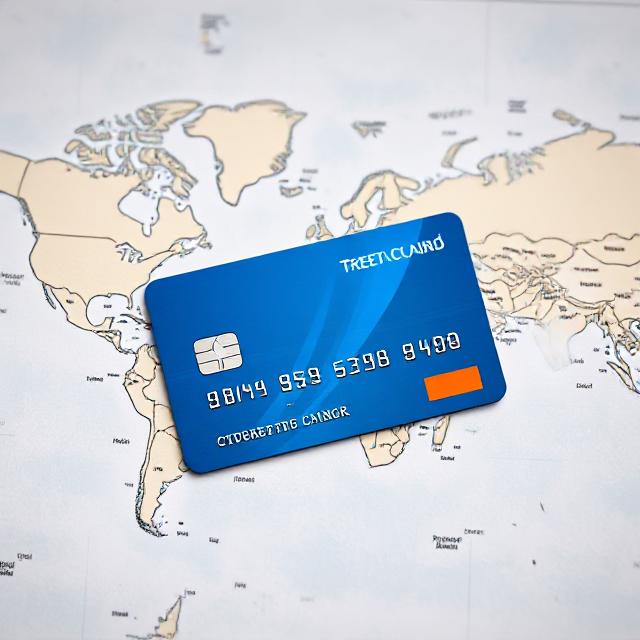
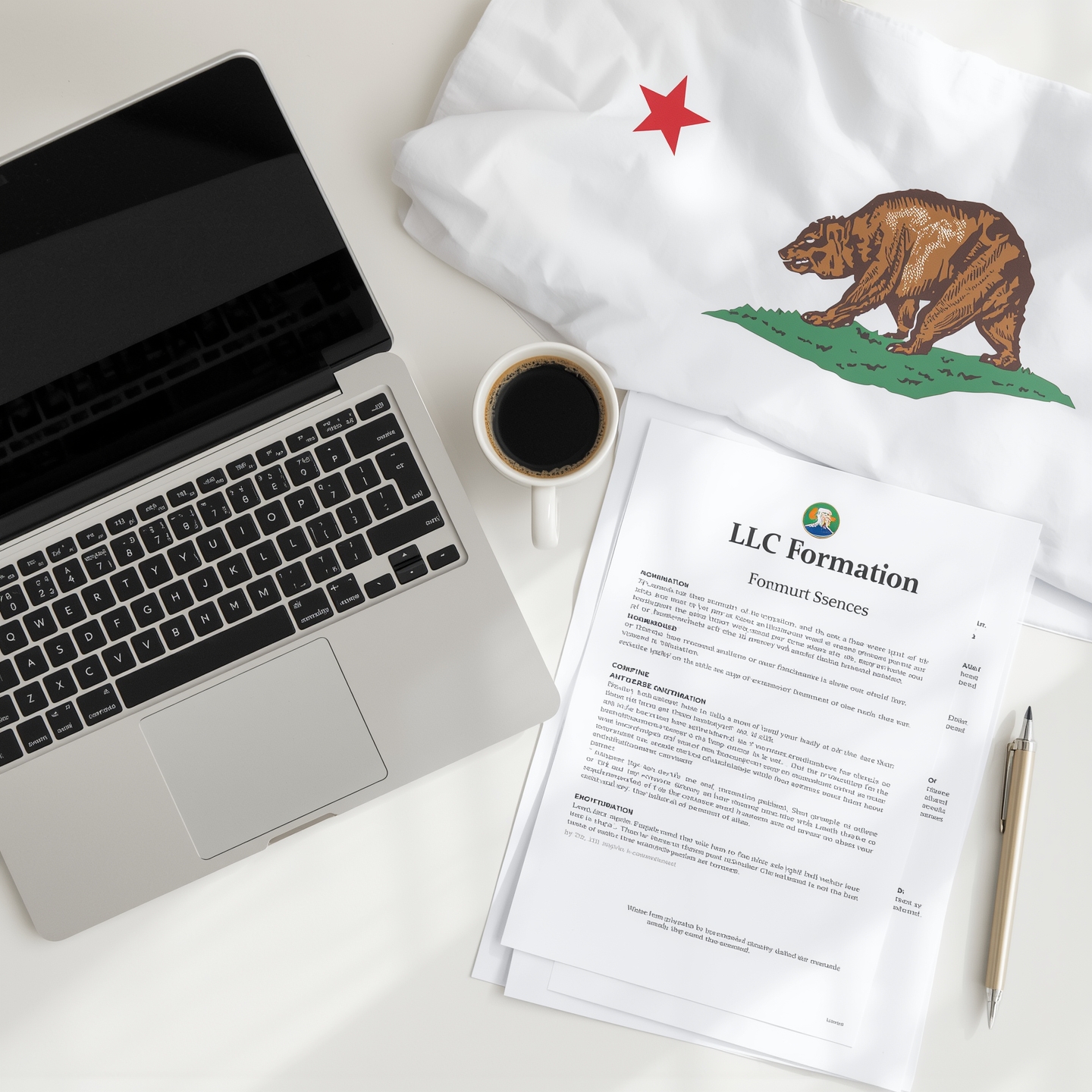



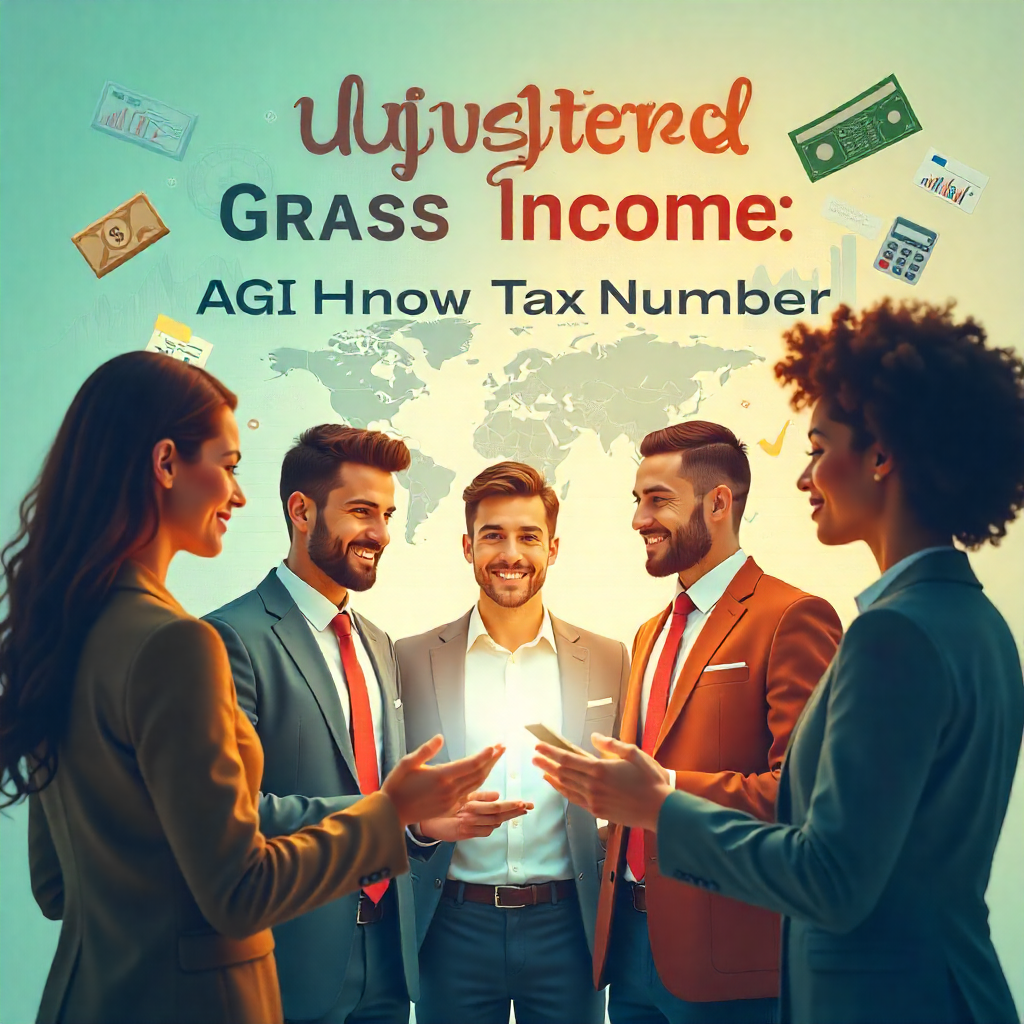



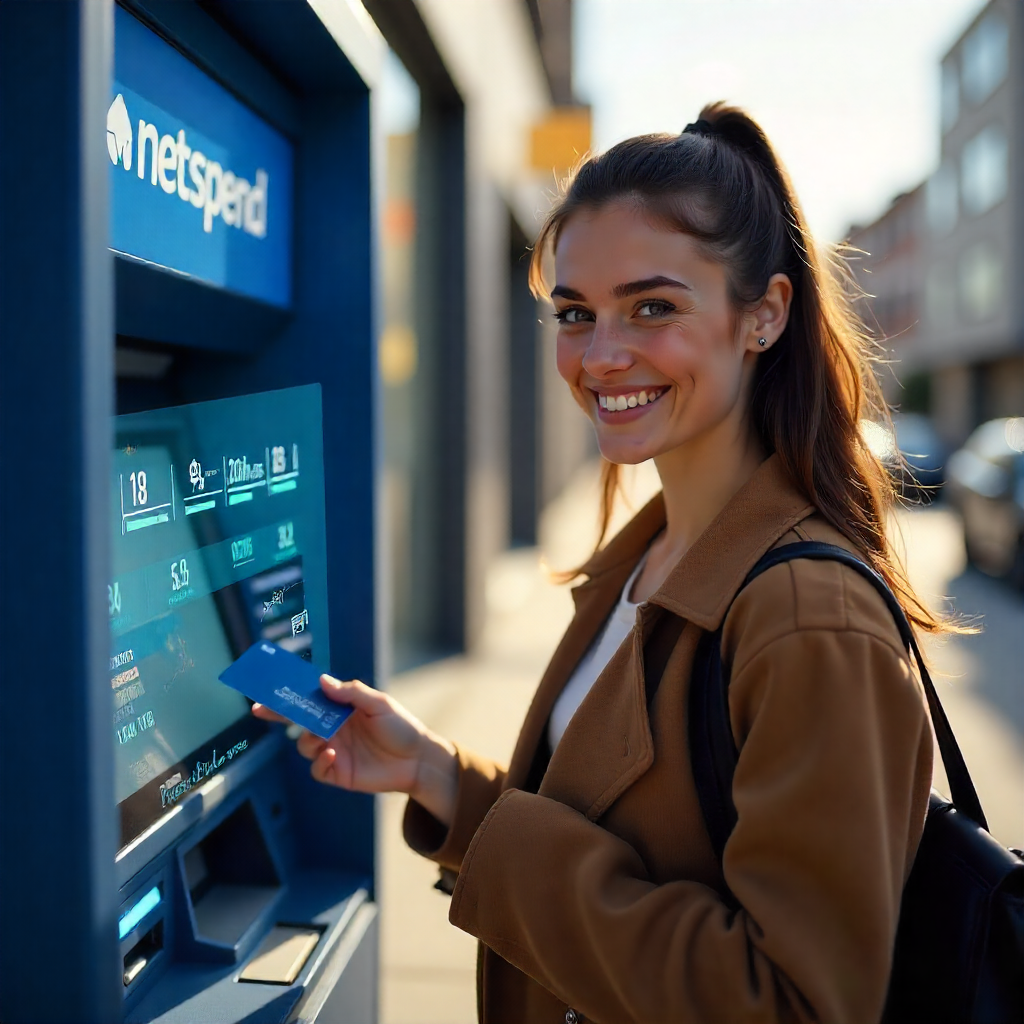

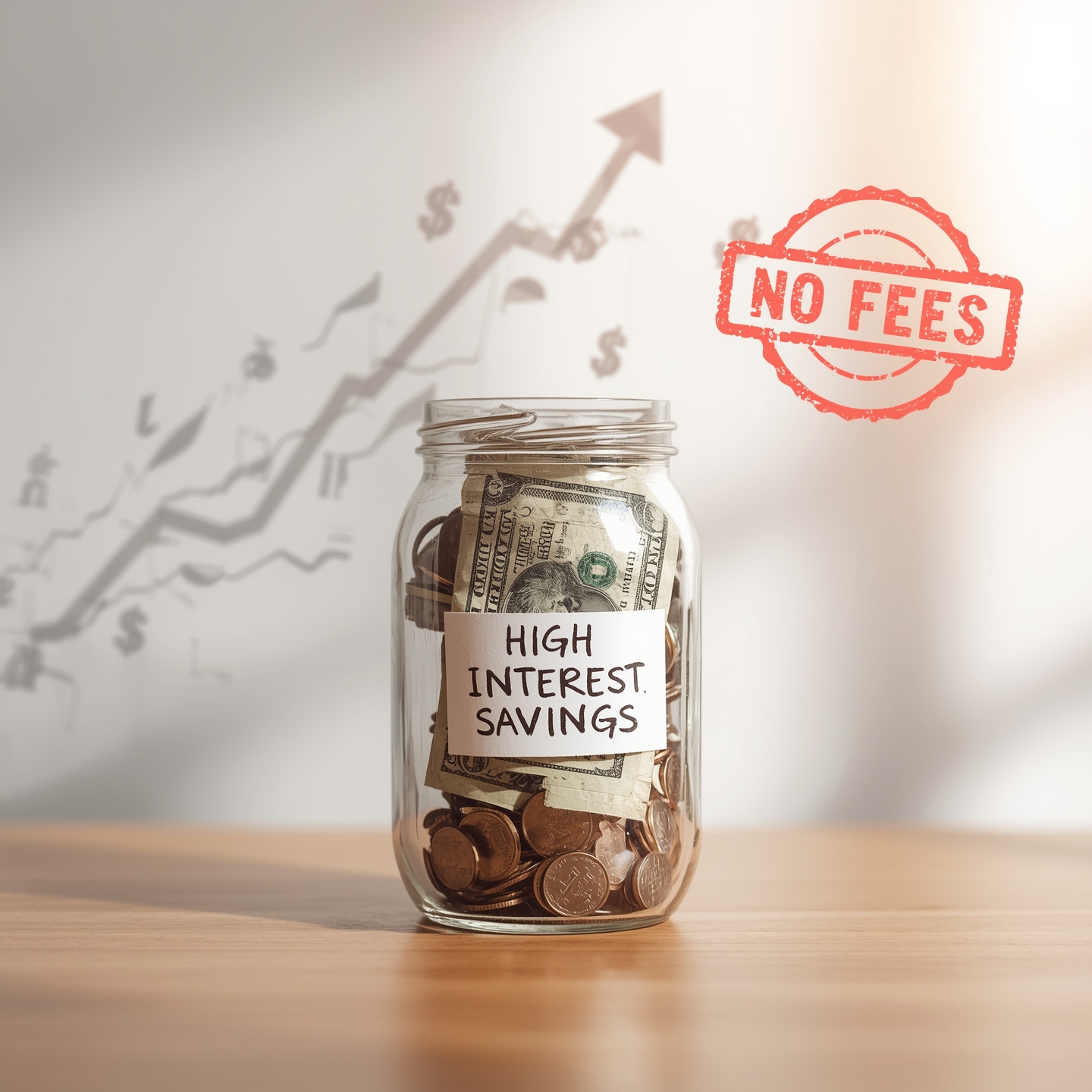
1 comment on “Studentaid gov debtrelief – Complete Guide to Student Loan Forgiveness in the USA”